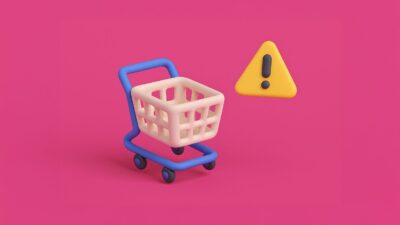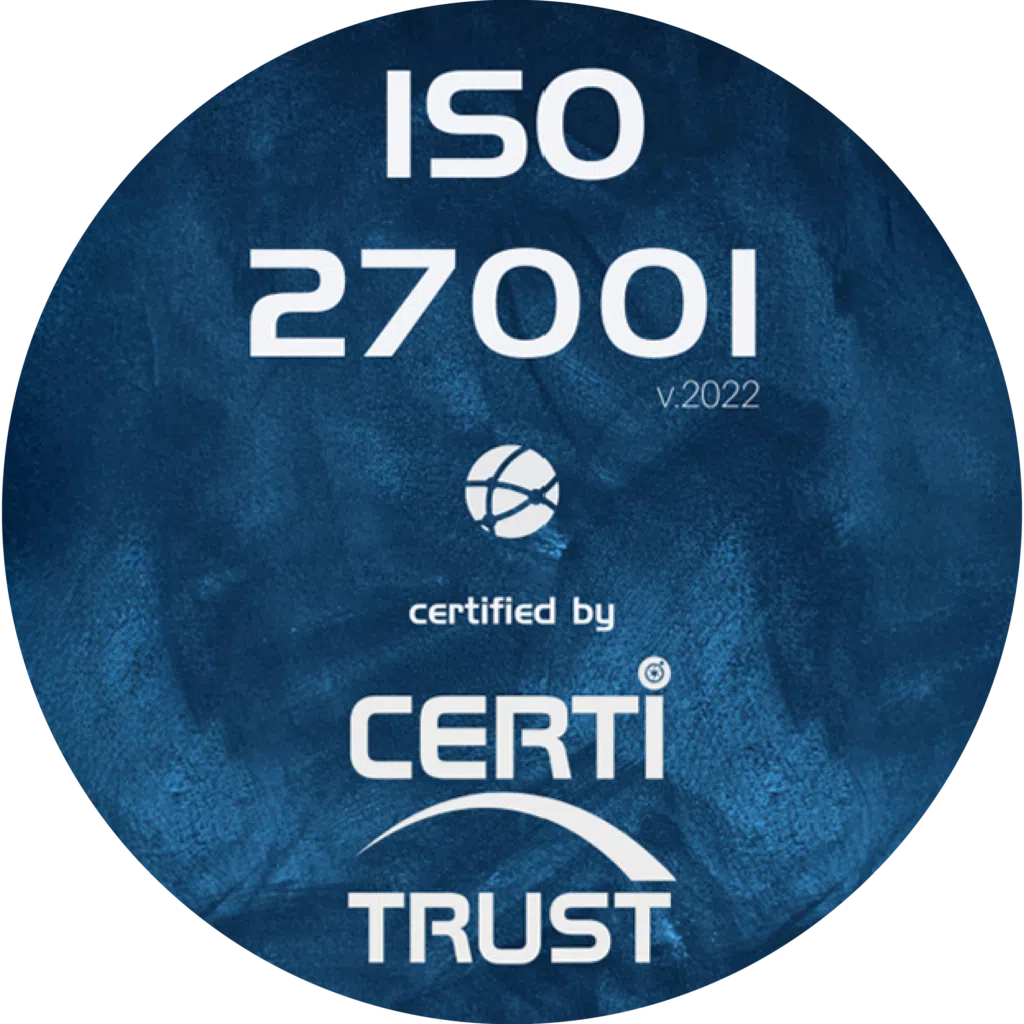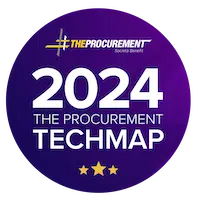Applying the Pareto principle to purchasing reveals that 20% of a company’s resources generate the majority of its sales, i.e. between 70% and 80%. The ABC classification is based on this principle, classifying purchases according to their volume. Class C purchases, corresponding to low-value generic purchases, are considered non-recurring and non-strategic. They include avariety of supplies and small equipment used in the various departments. Although representing the lowest volume of purchases, class C nevertheless generates high indirect costs for the company.
It is essential not to neglect the control of C class purchases, as these, often referred to as ” wild purchases “, are associated with higher hidden costs. Optimising these purchases can generate substantial savings and improve productivity. So how do you go about achieving these objectives? What are the levers to pull? Find the answers that will guide you towards more effective management of your C class purchases directly in our article!
What is C class purchasing?
C class purchases represent a category of purchases that encompass a wide variety of expenditure. Not only do they cover different families of products and services, but they are also used by various departments within the company. This diversity translates into a growing number of suppliers and a purchasing decision that is dispersed throughout the organisation. As a result, data collection and analysis becomes complex, often leading to a neglect of purchasing optimisation.
These uncontrolled purchases are often disconnected from the core business and made at the last minute, in a hurry. By being outside the established process, they escape the overall policy decided and implemented by the purchasing department.
It is crucial to find solutions to better manage these dispersed purchases. By centralising data and carrying out in-depth analysis, we can gain a better understanding of spending,identify opportunities for optimisation and make effective decisions. By integrating these C-class purchases into an overall purchasing strategy, companies can reduce costs, streamline processes and increase control over their entire supply chain.
How can I optimise my C class purchases?
Class C purchases are very diverse and are carried out in a hurry. The apparent complexity of managing class C purchases is an obstacle for companies, who are afraid of the scale of the project. Another difficulty is that the small amounts involved – in terms of direct expenditure – actually hide the real issues involved in optimising C-class products… To better understand these issues, the company needs to take into account the full cost rather than direct expenditure. In this way, they can have a realistic view of the financial weight of the indirect costs associated with class C purchases, and optimise them effectively.


Streamline your supplier base
The first rule of optimising your C class purchases is to rationalise your supplier base. To do this, draw up a precise inventory by collecting information from the various departments in your company.
Start by drawing up an exhaustive list of the suppliers you work with. Given the large number of contacts, it is obvious that you need to reduce this number.
Next, identify the suppliers that could be replaced. A non-recurring supplier offering a limited range of products on moderately attractive commercial terms can be considered interchangeable.
Reduce your list of suppliers and concentrate your orders. This will not only simplify management, but also make it easier to negotiate advantageous discounts.
By rationalising your supplier base, you’ll improve your operational efficiency and optimise your costs. What’s more, you’ll be able to strengthen your negotiating power and take advantage of additional discounts.
Get closer to a supplier with a wide range of products
The key to optimising your purchases of C-class products simply and effectively lies in choosing a single supplier capable of offering a wide range of products. C-class purchases represent the “long tail”: a large number of items, diversified references and non-recurring purchases.
Here are the criteria to take into account when selecting your supplier for the “long tail”:
The supplier must cover not only the largest number of product references, but also a wide geographical area. If your company has sites spread over an area corresponding to your own territorial coverage, you will be able to centralise your orders with a single supplier.
The quality of the relationship with the supplier is essential. As collecting and processing data on C class purchases can be difficult, the supplier’s contribution is invaluable. By providing detailed, well-organised information, they make it easier for the purchasing department to optimise its work.
Of course, it is important to negotiate advantageous commercial terms with the supplier. The key argument is to offer long-term exclusivity in exchange for large order volumes.
By choosing the right supplier to cover a large proportion of your products, you can simplify the management of your C class purchases and benefit from greater operational efficiency.
Optimising deliveries
Analyse the frequency of deliveries to your site on a weekly or monthly basis. This analysis will enable you to determine whether labour and time savings can be made by optimising delivery rounds. The data provided by your service provider can be invaluable for this in-depth analysis.
Work on improving the error rate. Identify common problems such as incorrect deliveries, wrong timings, incorrect recipients and products damaged in transit. By understanding the anomalies, you can implement appropriate solutions to reduce the error rate and improve the overall quality of your deliveries.
Reduce your environmental footprint. Take advantage of your delivery strategies to adopt more environmentally-friendly practices. This will enable you to reinforce your company’s eco-responsible image and contribute to the collective effort in favour of the environment. It’s a win-win situation for your company and the planet.
Optimising your deliveries is an effective way of making significant savings while improving your environmental impact.
Weproc and C-class purchasing management
Don’t underestimate the importance of effectively managing your C class purchases. By rationalising your supplier base, negotiating more advantageous purchasing conditions and closely monitoring your processes, you have the opportunity to reduce hidden costs while saving precious time in managing your supplies and avoiding unnecessary constraints. In addition to these operational aspects, the quality of the service provided by your supplier should be an essential consideration when making your selection. Indeed, only a quality supplier canbecome a trusted partner and a valuable support for the purchasing department, enabling it to free itself from superfluous tasks and concentrate on its core business as well as on higher added-value tasks.
Don’t underestimate the importance of effectively managing your C class purchases. By using our purchasing management software, you can simplify and optimise these processes, make financial savings and improve your company’s overall productivity.
Want to learn more about our Weproc procurement management software?
Contact us or request your 15-minute demo below!









